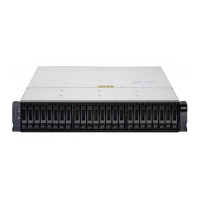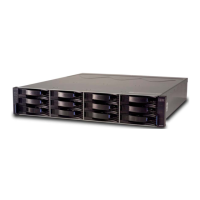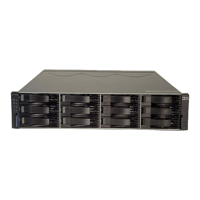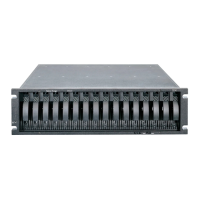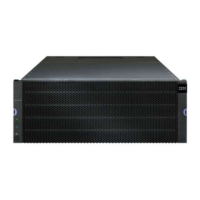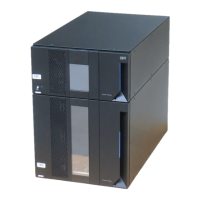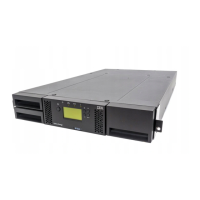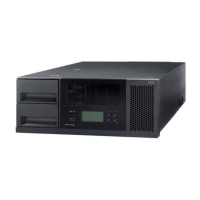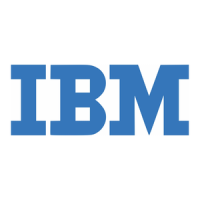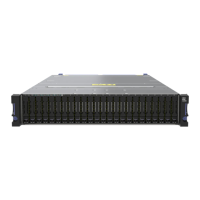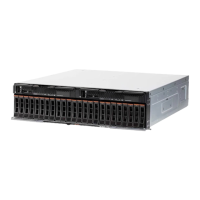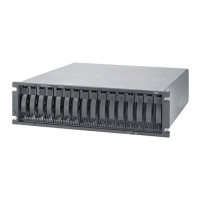7914DS3KPlanning_090710.fm Draft Document for Review March 28, 2011 12:24 pm
72 IBM System Storage DS3500: Introduction and Implementation Guide
Operating modes for ERM
Enhanced Remote Mirroring (formerly named “Remote Volume Mirroring”) offers three
operating modes:
Metro mirroring:
Metro mirroring is a synchronous mirroring mode. Any host write requests are written to
the primary (local) storage subsystem and then to the secondary (remote) storage
subsystem. The remote storage controller acknowledges the write request operation to the
local storage controller, which reports a write completion to the host. This mode is called
synchronous. The host application does not get the write request result until the write
request has been executed on both (local and remote) storage controllers.
Global copy:
This mode copies a non-synchronous, remote copy function designed to complete write
operations on the primary storage system before they are received by the secondary
storage system. This capability is designed to prevent primary performance from being
affected by wait time from writes on the secondary system. Therefore, the primary and
secondary copies can be separated by long distances. This function is appropriate for
remote data migration, offsite backups, and transmission of inactive database logs at
virtually unlimited distances.
Global mirroring:
This mode is a two-site remote data mirroring function designed to maintain a complete
and consistent remote mirror of data asynchronously at virtually unlimited distances with
virtually no degradation of application response time. Separating data centers by longer
distances helps provide protection from regional outages. This asynchronous technique
can help achieve better performance for unlimited distances by allowing the secondary
site to trail in data currency a few seconds behind the primary site. With Global Mirror,
currency can be configured to be as little as three to five seconds with respect to host I/O.
This two-site data mirroring function is designed to provide a high-performance,
cost-effective global distance data replication and disaster recovery solution.
The Enhanced Remote Mirroring has also been equipped with new functions for better
business continuance solution design and maintenance tasks.
A minimum of two storage subsystems is required. One storage subsystem can have primary
volumes being mirrored to arrays on other storage subsystems and hold secondary volumes
from other storage subsystems. Also note that because replication is managed on a
per-logical drive basis, you can mirror multiple individual logical drives from a primary storage
subsystem to different appropriate secondary logical drives which are located on several
separate remote storage subsystems. However, only one primary (source) and one
secondary (target) member can exist in any mirrored pair relationship; and a logical drive
cannot be a member of more than one mirror relationship at a time.
Planning considerations for ERM
Here are various planning considerations to keep in mind:
DS3500 Storage Systems (minimum of two)
Switched fabric networks between sites
Distances between sites (ensure that it is supported)
Switches, directors or multi-protocol routers used for connections
Redundancy
Additional storage space requirements
